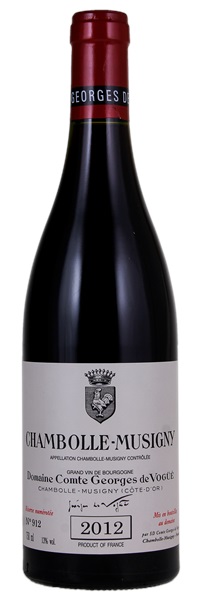Light label condition issue
Removed from a temperature and humidity controlled wine storage unit
Light capsule condition issue; light label condition issue
Removed from a temperature and humidity controlled wine storage unit

Image above is an example. To view the image of the lot, click the item number.
Estimate
...spicy style, displaying clove, nutmeg, cinnamon and cherry flavors matched to an elegant, light-weight frame...ashy note lurks in the background, but the finish is sweet.
Mellow perfume of red fruits and spices. Round, ripe and seamless, showing lovely early sweetness and a sensual texture leavened by sappy energy. Raspberry and ripe cherry flavors...juicy, sedate finish.
...spicy and markedly ripe nose features liqueur-like notes of pure red currant, plum and soft violet aromas. The middle weight flavors possess an attractive minerality and verve before terminating in an understated, complex, polished and beautifully well-balanced finale that exhibits a subtle touch of austerity.
Warm and sweet. Lots of fruit, almost jammy fruit. Relatively simple with a little bit of chew at the end. Good density... Candified.